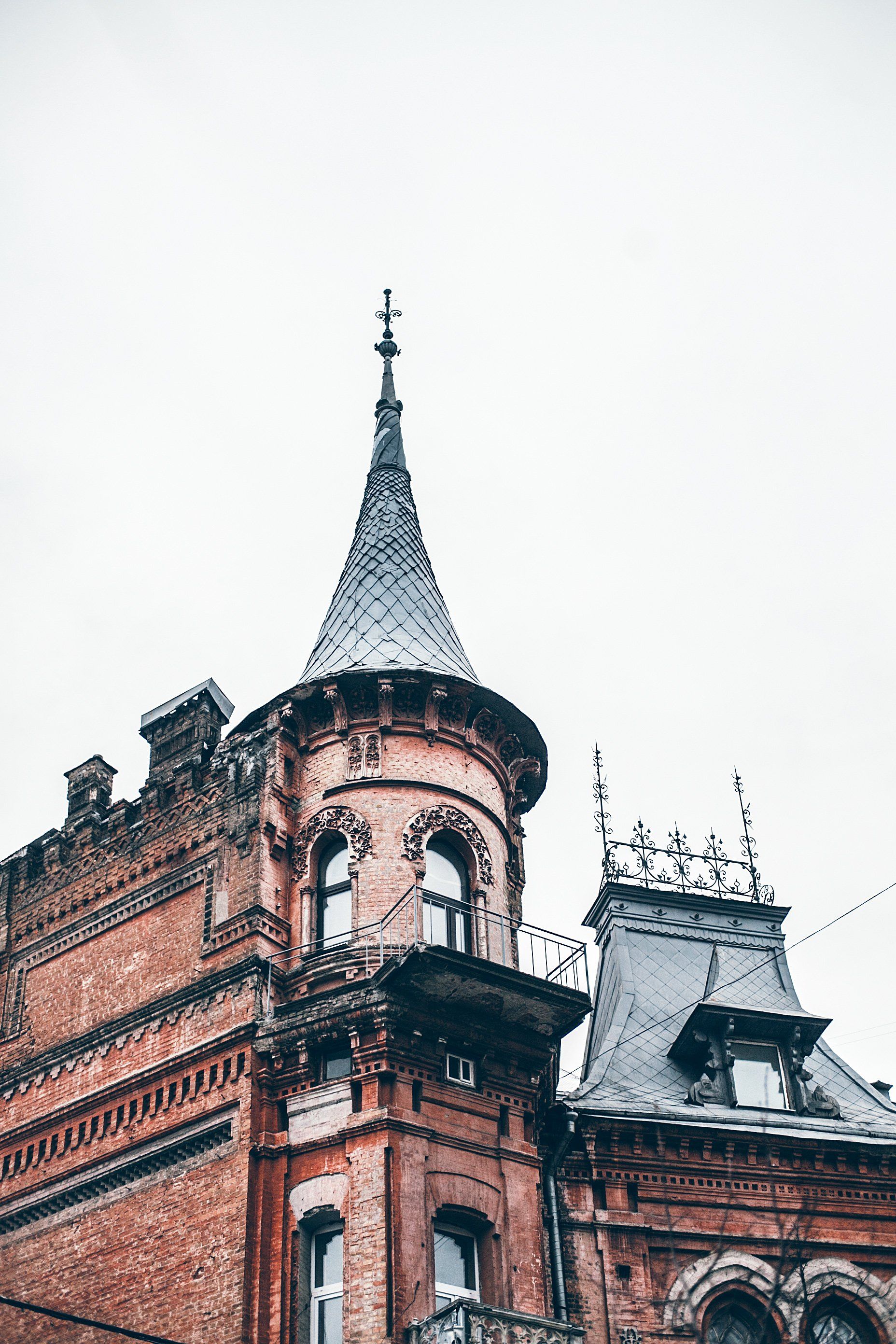Blog
Are flat roofs more efficient in energy than pitched roofs?
Look through an architectural design magazine, and you'll see flat-roofed houses in the hundreds. Low-sloped or flat roofs can receive acclaim from designers because of their modern, edgy look; however, there's another reason why they're becoming more popular: According to some building experts, they're more energy efficient, too.
Flat roofs are often given the wrong reputation because of their tendency to leak, at least when not properly maintained. But when it comes down to the thermal properties, they generally surpass the older roof that is pitched. Why is this? The majority of low-sloped or flat roofs use new insulation techniques and innovative materials that reduce overall cooling and heating demand. Read below for more.
Insulation is the key to a successful flat roof.
Based on the Department of Natural Resources Building Guide, low-sloped or flat roofs typically have higher energy efficiency due to the different insulation. In general, flat roofs are constructed with membranes, which are laid over layers of rigid insulation. Pitched roofs, on the contrary, typically use the cavity insulation method that uses fiberglass batts or loose insulation that is stuffed into blankets of insulation that are placed between ceiling joists.
Since rigid insulation doesn't contain gaps like cavities, the system is much more effective. This is what construction professionals describe as "continuous" insulation. It means the roof has the same R-value across all points, so there's no break in the coverage.
Flat surfaces are more suited for cool roofs. However, their use is controversial.
Early pioneers of efficiency were attracted by the idea of "cool roofs": reflective or light-colored roof surfaces that were designed to channel heat away from the interior of buildings by reflecting it back to the surrounding air. This, they believed, would prevent roofs from absorbing and transferring heat to the interior, which would cut down on cooling demands for a house. The initial advantages of cool roofs appeared to be huge. In studies, homeowners saved a lot of energy that they could typically use to cool the hot interiors. Homeowners with low-sloped or flat roofs benefitted the most.
Since flat roofs are usually made up of a membrane with a protective coating, they could be easily transformed to cool roofing. While their protective coating is generally used to waterproof the roof's surface, all the manufacturers needed to do was add reflective materials, and then they'd have cool roof coating. This kind of easy retrofit is much more difficult to do on a normal pitched roof because roofing coatings can break and chip when applied to traditional roofing materials such as asphalt shingles.
There's evidence to suggest that a cool roof may not be the energy-saving marvel the builders had hoped for. A study conducted by Stanford, for instance, found that cool roofs raise the urban heat-island index. Their model of predictive models revealed that excessive white or reflective surfaces accelerate the climate change process by decreasing cloud coverage, which can cause drought conditions.
While flat roofs may be better suited to cooling your roof, the impact on the environment is probably not worth the cost. However, flat roofs made of adobe were used for centuries by Native Americans in the southwest for many thousands of years. This is an indication of their ability to withstand a bit of sunlight.
Flat roofing materials are highly efficient if you choose them carefully.
Because flat surfaces have to be covered by roofing membranes and are therefore more suited to different roofing materials over pitched roofs, some of these roofing materials work well for thermal insulation, such as roofing made of rubber, which is often referred to by roofing experts by the name of Ethylene Propylene Diene Moner, or EPDM.
EPDM is extraordinarily energy efficient. Through studies, Oak Ridge National Laboratory discovered that the ballasted EPDM roofs provide similar energy savings as reflective cool roofs. That is, they could reduce the roof's surface temperatures by between 30 and 40 percent. This lower temperature can limit heat transfer, which makes EPDM-covered roofs a possible smart option for homeowners living in areas where there is a high demand for air conditioners.

A1 Roofing Grande Prairie
7823 98 St EE, Grande Prairie, AB T8V 3T6
A1 Roofing Grande Prairie



